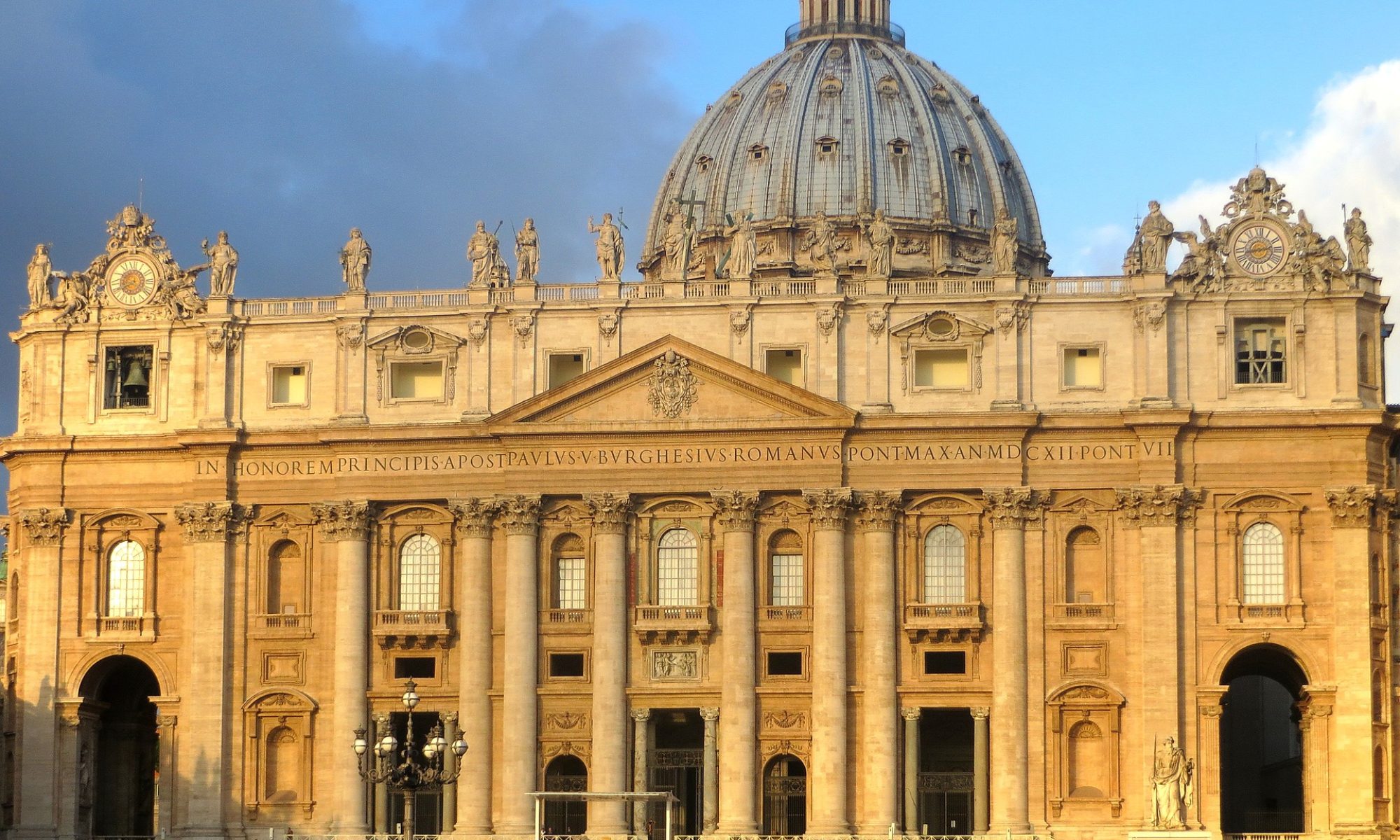May 1st, 2015
Historically speaking, the sermon (in Catholic language: the homily) has hardly been on the top priority list of the Roman Catholic Church. The standard Catholic liturgy is centered around the Eucharist, “the source and summit of the Christian life” (Lumen Gentium n. 11), not around the preached Word. More attention has been given to sacramental celebration than Gospel proclamation. Moreover, Catholic spirituality has been shaped more by various devotions than the public exposition of the Word of God. With exceptions, of course, preaching has largely been peripheral, tending towards moralism and catechizing rather than paying adequate attention to the biblical text. Vatican II (1962-1965) stirred the Catholic Church to re-focus on Scripture, not altering the centrality of the Eucharist and the overall sacramental framework, but adding to both a more biblical flavor. To which extent this goal has been achieved is an on-going disputed matter.
In Evangelii Gaudium (The Joy of the Gospel) – his 2013 Exhortation – Pope Francis devoted several paragraphs (nn. 135-175) to encourage Catholic priests to be serious about preparing and delivering the homily, perhaps out of a dissatisfaction about the way they normally deal with it. Now the Vatican department responsible for overseeing worship and the sacraments has released a “Homiletic Directory”, i.e. a 150-page manual for preachers which contains guidelines on how to preach appropriately.
The Sacramental Canopy
Ars preadicandi (the art of preaching) is the technical expression which is used in the handbook to indicate the homiletic skills that are required of the preacher. Before highlighting the more practical suggestions, the handbook sets the theological framework for the homily. Since it is the Eucharist that makes the Church (quoting the Catechism of the Catholic Church, n. 1396), preaching is put under this sacramental canopy. This means that Christ is really present in the Eucharist but only analogically so (i.e. in a weaker, more remote way) in the preached Word. The Word proclaims Christ but it is the Eucharist that actualizes the paschal mystery of Christ (n. 10). The Word announces the Gospel but it is the Eucharist that transforms people (n. 14). Preaching then accompanies the Eucharist, but its ultimate significance rests on the “real presence” of the Eucharist.
According to the Protestant Reformation, the Church is constituted by the preaching of the Word and the administration of the Sacraments. Put differently, the Word comes logically and theologically first whereas the Catholic manual is faithful to the Roman Catholic reversal of the order and actually conflates the preaching of the Word into the Sacrament (sacrament in the singular, given the absolute prominence of the Eucharist above all other sacraments). The fact that the homily has “an intrinsically liturgical nature” (n. 5) confirms that this new Vatican emphasis on preaching derives the proclamation of the Word from the sacramental priority of the Eucharist.
A Handbook for Good Catholic Preaching
Coming to more practical matters, the handbook delineates the sermon as having the following features: short, not a lecture, not too abstract, not an exegetical exercise, not a personal testimony only (n. 6), in line with the concerns of the people and out of a maternal attitude towards it (n. 8). These last two aspects are very close to the “theology of the people” of Pope Francis, i.e. a special attention reserved to the people’s piety, devotions, and expectations. On the whole, the homily is presented as having more negative dangers to avoid than positive models to look at.
The manual then highlights the specific tasks of preaching in the liturgical year marked by Easter, Lent, Advent, Christmas and Epiphany and within a three-year cycle. A strong emphasis is put to the responsibility to preach the faith of the Church (as enshrined in the Catechism of the Catholic Church) within the context of the “living Tradition of the whole Church” (n. 17). Scripture is seen as part of Tradition of which the Church is the living voice. On the one hand, the homily comes theologically second with regard to the Eucharist; on the other it is embedded in the tradition of the Church that controls it. Doesn’t this model run the danger of being a defensive mechanism that ends up in muzzling God’s word? If this is the case, how can the preached Word stand above the church?
As Paul wrote, “All Scripture is God-breathed and is useful for teaching, rebuking, correcting and training in righteousness.” (2 Timothy 3:16). Will this handbook help Roman Catholics to be more exposed to the preaching of the Word of God, or will it reinforce what the Roman Catholic Church already is and will continue to be?

